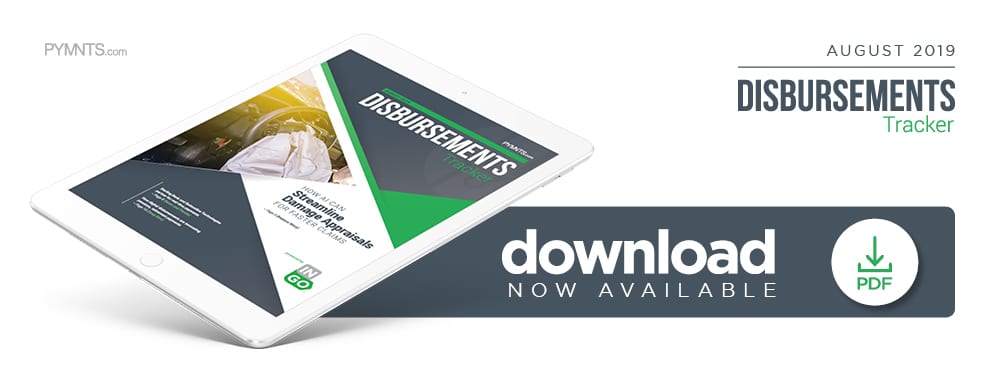Deep Dive: How Instant Payments Are Changing Pension Disbursements

Most financial services have moved online, but many senior citizens still depend on paper-based processes to receive their pensions or other retirement benefits. Younger generations are just starting to save for the future, and will likely expect digital payment methods and support for their eventual retirement needs. The July Disbursement Tracker’s Deep Dive examines the digital payout tools and mobile apps that are emerging as interest grows among consumers.
It is common to receive instant payments for ad hoc employment and other work-related reimbursements, but real-time Social Security and retirement payouts have yet to gain traction. Retirees are used to digital disbursement methods, but instant payments have not become popular within the U.S. The Q1 2018 edition of the Disbursement Satisfaction Index found that 81.9 percent of consumers received such payments via direct deposit — with only 2.4 percent being granted instant access. This is going to become more of an issue for companies and payment providers as consumers age and more tech-savvy demographics around the world begin requesting instant pensions and retirement payouts.
A survey of 5,000 workers in 10 countries found that 68 percent consider pension or retirement benefits critical to whether they accept jobs. An additional 62 percent stated these were key factors for remaining at a job. The same survey also found that 53 percent of workers were interested in using mobile apps to access information related to their retirement plans. Younger workers are only just starting to contribute to their retirement portfolios, but many are already used to receiving money instantly via mobile apps and similar technologies, which are not yet prominent in the pension and retirement industry.
Tech-savvy consumers are aging into the years during which they save and contribute to their retirements, pushing service providers to digitize and offer faster disbursements. The following Deep Dive explores various global initiatives that are improving the speed of retirement disbursements.
Digital pensions and innovation worldwide
As providers look to innovate their disbursement processes, they must first examine their payout processes and determine how those methods are adding friction to the disbursement experience. New disbursement channels such as mobile payments and digital payouts could then be considered and potentially integrated into existing methods.
Several retirement solution providers are looking to mobile apps and online tools in countries where auto-enrollment is prevalent. Such offerings give users more access and transparency when it comes to their retirement plans.
The U.K.’s auto-enroll program now supports 10 million employees, but that money can get lost when workers switch jobs or move. Service providers Moneybox and PensionBee are resolving this problem by enabling customers to track their funds, manage and consolidate multiple pension accounts within respective mobile apps. That means if users move or switch jobs, they can still keep track of their finances.
Digital disbursements for pensions and government funds gained more traction in India this April, when the Reserve Bank of India’s (RBI’s) Committee on Deepening Digital Payments came together to discuss whether all government payments to citizens should be made through digital channels. The Indian government currently makes 80 percent of its payments to citizens — including payroll, social security and pension disbursements — digitally.
The committee is focused on developing and encouraging the use of digital payments in India, while also improving financial inclusion. The country’s digital disbursements have not reached total parity, but the discussion speaks to the widespread need for such payments as Prime Minister Narendra Modi’s demonetization policy continues to affect how consumers and businesses send and receive funds.
Myanmar is also turning to digital pension payouts to bring funds to its large unbanked population. Advocacy and consultancy group HelpAge International recently explored demand for mobile retirement payouts with a pilot test that delivered funds to remote residents, eliminating costly cash deliveries by courier. The test also prevented seniors from having to visit physical bank branches or have bank accounts at all. Programs like this could lessen the reliance on cash in remote locations, allowing consumers to fully participate in the global financial world.
Pension solution providers are continuing to enable digital disbursements that bring speed and efficiency to payments, allowing them to work around the slower legacy systems many FIs now have in place.
The future of pensions and digital disbursements
Providers are looking for ways to enable digital disbursements as consumers demand faster and more efficient payment methods. Some companies will take advantage of real-time or faster payment schemes that connect banks with newly-developed core payment infrastructures, while others will utilize growing smartphone penetration to develop solutions that will eliminate traditional payment methods and reach underserved consumer groups.
The demand for faster digital payouts will continue to grow as tech-savvy workers age and access their retirement portfolios. It will be a while before digital disbursements become standard, but the future looks promising.

